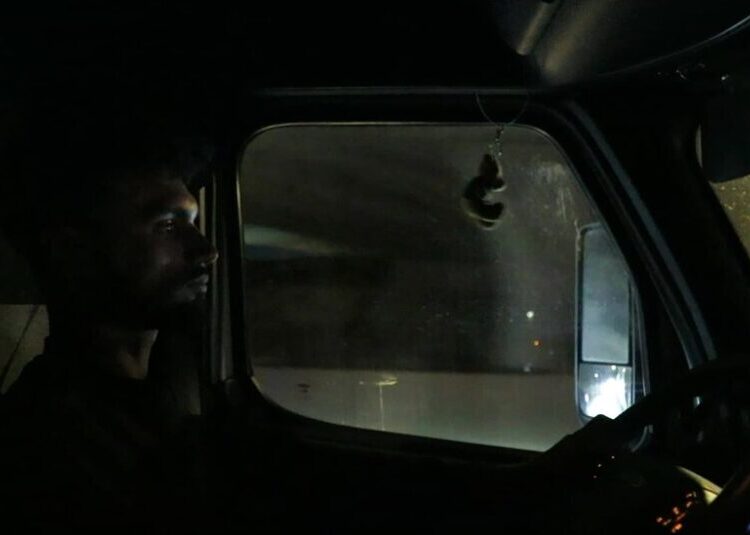From the first time I watched the Netflix series “Stranger Things,” I saw part of myself in the character Dustin Henderson. It wasn’t just because he was a Midwestern kid who loves playing Dungeons & Dragons. It was in the row of missing teeth, the shape of his eyes, the sloping shoulders.
He looked like me and my maternal family. I knew what we had in common long before Henderson explained it to a group of bullies: “I told you a million times, my teeth are coming in! It’s called cleidocranial dysplasia.” With the show coming to an end — the fifth and final season starts on Wednesday and the series finale arrives on Dec. 31 — I’ll miss “Stranger Things” for many reasons, but especially because of the light it shined on cleidocranial dysplasia, also known as CCD.
Gaten Matarazzo, the actor who plays Henderson, has spoken openly about undergoing many of the same surgeries. When Matt and Ross Duffer created “Stranger Things,” they decided to incorporate CCD into Henderson’s character after Matarazzo described it to them.
That means Henderson’s interaction with those bullies in the pilot episode was especially acute for anyone with the disorder. He’s singled out as “Toothless,” mocked for his lisp and heckled into “doing the arm thing” — pressing his shoulders to meet in front of his chest because there are no clavicles to get in the way. The bullies respond with the expected disgust. His friends rally to his side, with one assuring, “It’s like a superpower or something. Like Mr. Fantastic.” Henderson replies that he “can’t fight evil with it.”
That bit’s all foreshadowing. “Stranger Things” revolves around outcasts defeating evil by leveraging their differences, whether it’s psychic powers or a comprehensive knowledge of D&D monsters.
Beyond the fictional town of Hawkins, Indiana, in my real world, the normalization of his character’s differences made an immediate impact when the series premiered in 2016. I could stop rattling off the script I’d been using since elementary school, when it was clear my front four teeth weren’t coming in anytime soon. That involved translations of “cleido” (clavicle) and “cranial” (skull) along with a demonstration of my most obvious symptoms. Instead, I could start with, “Have you seen ‘Stranger Things’? You know Dustin, the curly-haired kid?”
The popularity of the show widened awareness of the disorder. Searches for CCD increased by 11.2 percent after Season 1 and 12.9 percent after Season 2, according to Business Insider. Matarazzo co-founded an organization called CCD Smiles with physician Kelly Woznik, who also has CCD, to connect families with doctors who understand the condition. They also work with insurance companies and raise funding to cover treatment costs — the U.S. dental insurance system means patients are often burdened with soaring out-of-pocket costs.
The Duffer brothers didn’t stop including CCD after the pilot. As Henderson grew up, the development of his teeth mirrored mine at his age (including a full set by high school). New threats replaced those from schoolyard bullies — his lack of collarbones comes up again while he tries to squeeze into a mall vent system leading to a Russian spy operation.
I didn’t take offense as the condition was relegated to passing mentions or comedic relief. The focus of Henderson’s journey is where it should be: on his greatest strength, his intelligence. Our disorder isn’t debilitating or tragic, and it doesn’t define our personalities.
“Stranger Things” was one of Netflix’s first breakout original series, spiking Eggo sales and stoking ’80s nostalgia. It will have left a cultural mark when it concludes.
No doubt there will be a final showdown, a gang of misfits’ last chance to save the world. But no matter what happens, Dustin Henderson’s character has been a hero for nearly a decade, fighting for me and thousands of others with matching smiles.
The post In ‘Stranger Things,’ I found something familiar, and inspiring appeared first on Washington Post.




